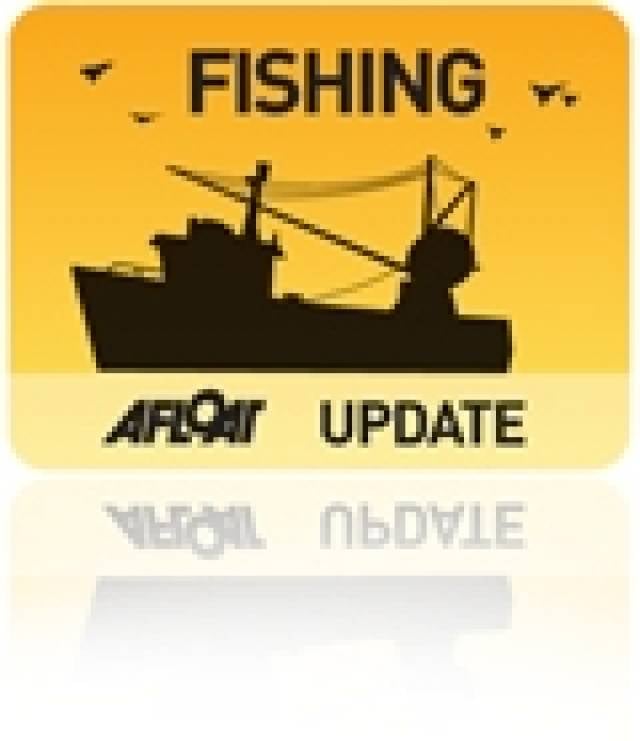#whitefish – Following 48 hours of intensive negotiations the Minister for the Marine, Simon Coveney T.D., said tonight that he was relieved that he had successfully managed to turn an extremely worrying proposal from the European Commission into a much improved outcome for the Irish whitefish industry.
The Minister said "The total €123m value of quotas secured for the whitefish fishermen amounts to a small increase from last year. This is a good result overall and is a long way from the original Commission proposals which would have resulted in very significant losses to our fleet". The original Commission proposal included a 20% reduction in whitefish quotas, involving a direct income reduction of €18m for our fishermen.
The Minster said "I am particularly pleased to have persuaded the Commission to reverse the proposed 14% cut in the prawn quota, the most important fishery for the whitefish fleet. We succeeded in getting the Commission to follow the scientific advice for prawns and apply a 3% increase in our quota for this extremely important €60m fishery. This was my number one priority heading into these negotiations and it took a lot of effort to convince the Commission of the merits of our arguments. I have also secured an 11% increase in the important hake fishery and maintained quotas for the economically important monkfish and megrim stocks. This involves a total landing value of €27million to the whitefish fleet operating in the Celtic Sea."
Other details negotiated include;
In the North West, a 20% increase in monkfish quota; a minor increase for the megrim quota, a doubling of the Rockall haddock quota and a 14 % increase in Donegal haddock for the ports of Greencastle and Killybegs
For the South and West coasts and the Irish Sea, a 3% increase in the €60 million prawn fishery which benefits the ports of Clogherhead, Howth, Union Hall, Castletownbere, Dingle and Ros a Mhil.
For the South West, a 11% increase in hake, no change in monkfish and megrim which together provide for a € 27m fishery, mainly important for the southern ports of Castletownbere and Dingle;
For the mixed whitefish fisheries off the South and West coasts, a 12 % reduction in haddock (down from a 41% proposed cut); a 13% cut in cod (reduced from the 64% proposed cut) and 12% reduction in whiting (from a proposed 14% cut).
The Minister explained "The most difficult area coming into these negotiations was the Commission proposal for cod, haddock and whiting in the Celtic Sea. I successfully resisted very substantial cuts in cod and haddock quotas following extremely difficult negotiations. We were able to bring to the table an Irish industry initiative to introduce new fishing gear in 2015 that will allow more young fish to escape and this assisted me greatly in getting the proposed severe cuts (-64% Cod and -41% Haddock) brought down to more manageable levels. This important initiative, it is estimated, will reduce discards of haddock and whiting in the Celtic Sea by some 4,000 tonnes each year - a 30% reduction in total discards of these stocks. It will assist greatly in providing a solid basis for the growth of these fish stocks in the Celtic Sea and should support quota increases in the coming years and the fishing industry should be commended for their initiative."
The Minister concluded "the package agreed for whitefish quotas for Irish fishermen in 2015 represents a successful outcome considering the depth of cuts proposed by the Commission at the start of these Council negotiations. We can face into 2015 having secured an increase for our vitally important prawn fishery and stability for many of our valuable stocks around our coast. This is a good outcome for the fishing industry and it also supports a sustainable approach to protecting our fish stocks"































































